This area is called the "Iron Triangle" due to its strategic importance in the two resistance wars against France and the US, where our army and people fought steadfastly to protect the Fatherland. The tunnel system here was formed in 1948, starting from the battle of Rach Bap fort. With rudimentary tools such as hoes and bamboo shovels, the army and people of the three communes created a massive structure with hundreds of tunnels crisscrossing underground, connecting the communes together like a magical "underground village". The tunnel system is nearly 100 km long, including about 50 fighting positions and many shelters, treating wounded soldiers, storing weapons and food.
The backbone - the main tunnel is 4 m above ground, 1.2 m high, 0.8 m wide; some sections are structured from 2 to 3 floors, the entrance and exit have secret covers. In the tunnel, there are tight knots at necessary points, along the tunnel there are well-camouflaged ventilation holes. Around the secret entrance and exit are arranged many spike pits, nail holes, mines, including large anti-tank mines and anti-helicopter grenade launchers to prevent the enemy from approaching. Connected with the tunnel are large tunnels for resting after combat; there are places to store weapons, food, drinking water, water wells, cooking tunnels, working tunnels, command tunnels, and wounded care tunnels...
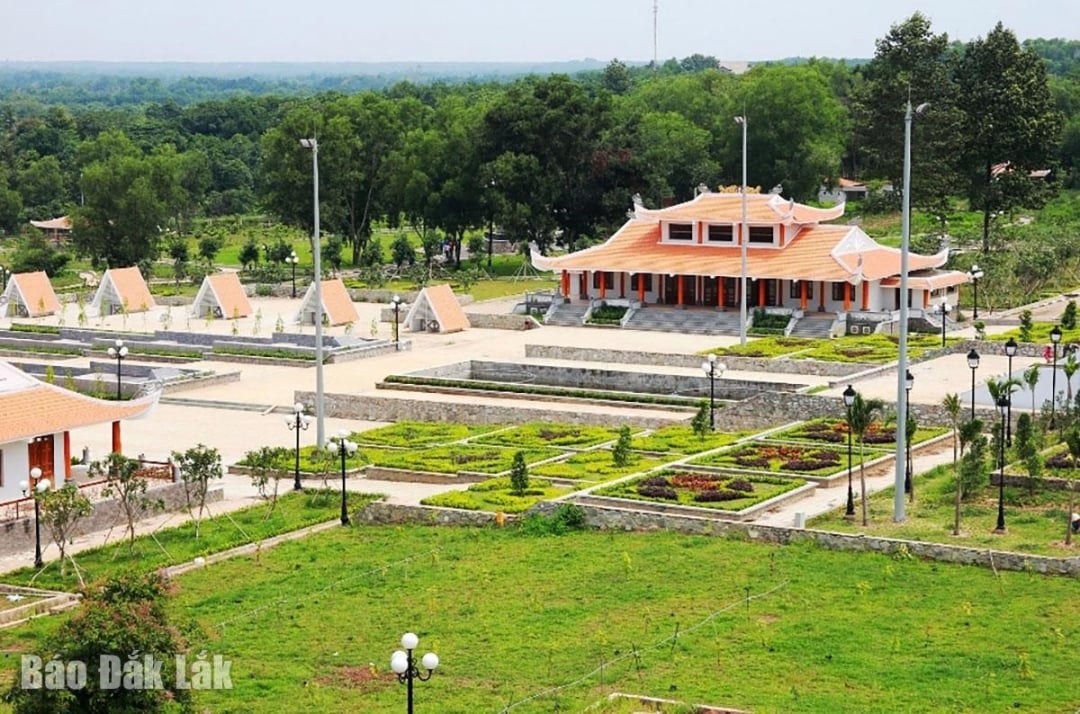 |
| Panoramic view of the relic site. |
Rib roads (sub-branches) were dug from the main road to the hamlets. Along with the sub-branches were fighting positions. Each sub-branch was 1 km long with 3 fighting positions. Around the fighting positions, there were carefully camouflaged spike pits and mines.
During the war against the US, the tunnel system was expanded. Faced with this threat, the US increased its military attacks on the area in the fall of 1966 and 1967. They launched three campaigns during this time: Attleboro, Cedar Falls and Junction City. The Cedar Falls campaign was a particularly significant attack with the participation of nearly 16,000 US troops and 14,000 South Vietnamese ground troops, lasting 19 days. Despite massive attacks by B-52 bombers and armored bulldozers, and efforts to destroy the tunnel system with explosives, floods and "rat soldiers" (specially trained soldiers who infiltrated the tunnels and were equipped with only flashlights and handguns), the liberation army's tunnel system was still indestructible.
During the war years, especially during the anti-American period, the Iron Triangle was an important base. Relying on the tunnel system, the army and people of the three communes of Tay Nam Ben Cat fought tenaciously, achieved many resounding victories, annihilated thousands of enemies, and destroyed hundreds of tanks and armored vehicles. In particular, during the Mau Than Campaign in 1968 and the Spring Campaign in 1975, the tunnels were the gathering place for many large armies to attack Saigon, contributing to the victory of the resistance war.
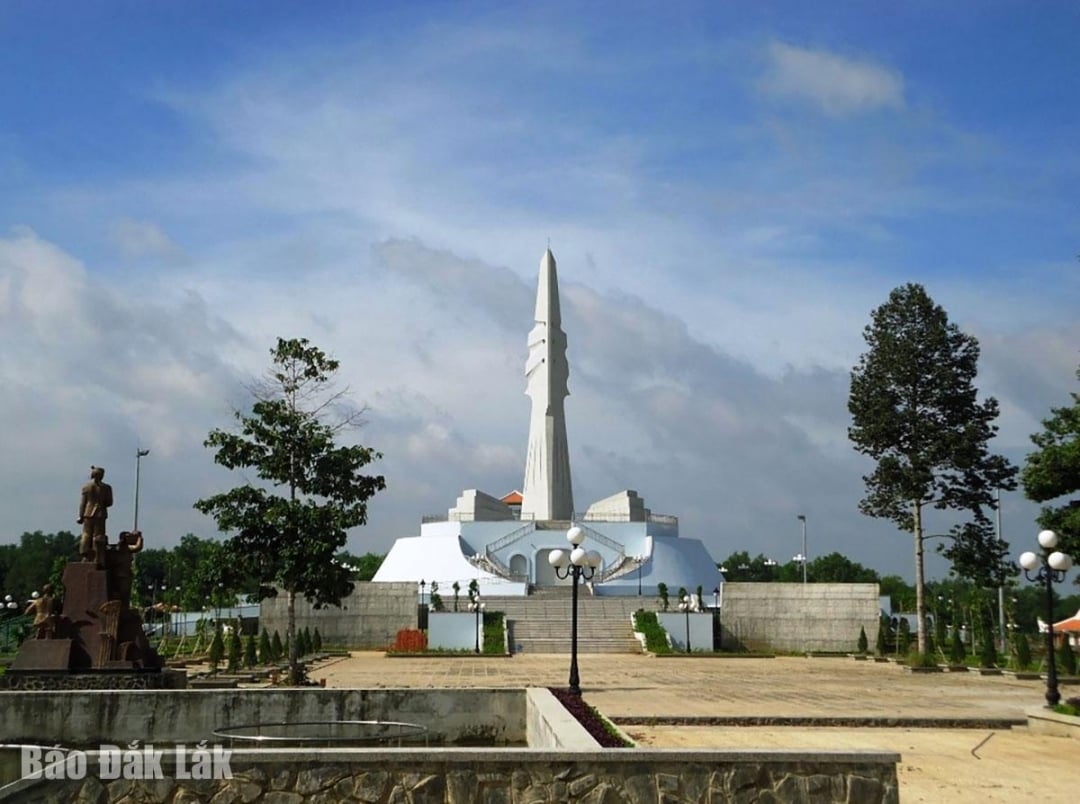 |
| Iron Triangle Monument. |
In 1996, the Ministry of Culture and Information (now the Ministry of Culture, Sports and Tourism) ranked the Iron Triangle Tunnels as a national historical and cultural relic. Currently, the relic site covers an area of about 27 hectares, including works such as: a memorial house, a watchtower, a tunnel model, an exhibition house, a central monument area, a green area and a flower garden. This relic site is not only a symbol of the loyalty and indomitability of our army and people but also a "red address" that contributes to educating the revolutionary tradition for the younger generation.
*The article uses materials from Binh Duong Museum and Iron Triangle Historical - Cultural Relic Site.
Source: https://baodaklak.vn/van-hoa-du-lich-van-hoc-nghe-thuat/202504/tam-giac-sat-huyen-thoai-trong-long-dat-6851561/


![[Photo] President Luong Cuong presents the decision to appoint Deputy Head of the Office of the President](https://vphoto.vietnam.vn/thumb/1200x675/vietnam/resource/IMAGE/2025/5/8/501f8ee192f3476ab9f7579c57b423ad)

![[Photo] National Assembly Chairman Tran Thanh Man chairs the meeting of the Subcommittee on Documents of the First National Assembly Party Congress](https://vphoto.vietnam.vn/thumb/1200x675/vietnam/resource/IMAGE/2025/5/8/72b19a73d94a4affab411fd8c87f4f8d)
![[Photo] Prime Minister Pham Minh Chinh meets with the Policy Advisory Council on Private Economic Development](https://vphoto.vietnam.vn/thumb/1200x675/vietnam/resource/IMAGE/2025/5/8/387da60b85cc489ab2aed8442fc3b14a)
![[Photo] General Secretary concludes visit to Azerbaijan, departs for visit to Russian Federation](https://vphoto.vietnam.vn/thumb/1200x675/vietnam/resource/IMAGE/2025/5/8/7a135ad280314b66917ad278ce0e26fa)




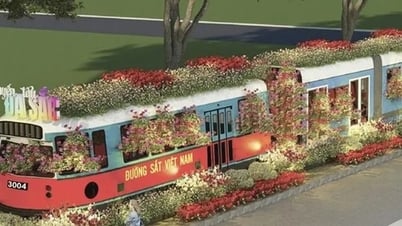








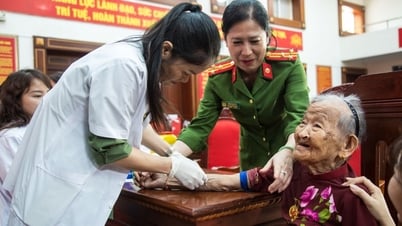
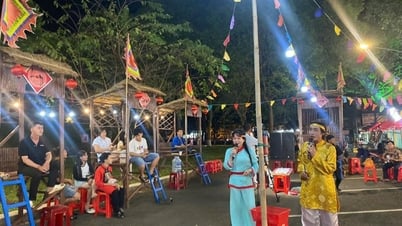
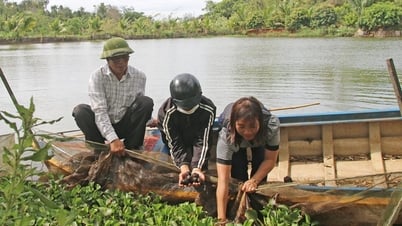


































![[Photo] Prime Minister Pham Minh Chinh talks on the phone with Singaporean Prime Minister Lawrence Wong](https://vphoto.vietnam.vn/thumb/402x226/vietnam/resource/IMAGE/2025/5/8/e2eab082d9bc4fc4a360b28fa0ab94de)




























Comment (0)